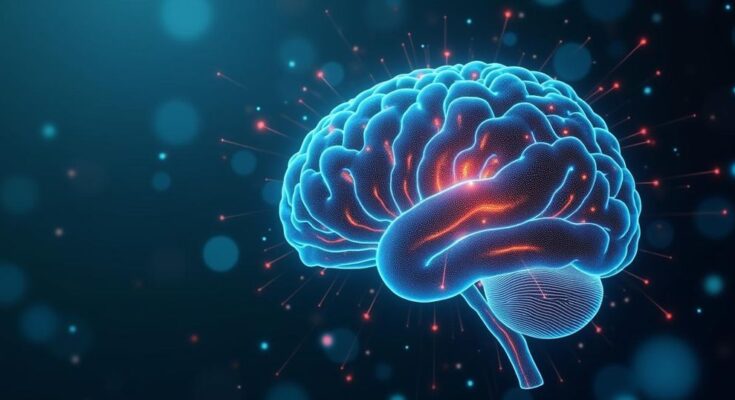The article explores the significant implications of integrating artificial intelligence with life sciences, highlighting both the revolutionary benefits and potential risks, including misuse for creating harmful biological agents. Following a report that collected expert insights, it emphasizes the urgent need for governance and collaboration among leaders in various sectors to mitigate these risks while advancing scientific progress.
In the vanguard of a 21st-century revolution in biotechnology, the interplay between artificial intelligence and life sciences takes center stage, presenting both remarkable possibilities and daunting challenges. Advances in AI, alongside innovations in automation and robotics, are empowering scientists to reshape living systems for diverse and pivotal purposes. As we forge ahead, these breakthroughs are not just enhancing productivity; they are paving the way towards a sustainable and healthier existence for all life forms and the environment. However, as we navigate this brave new world, one profound concern emerges: the duality of AI-bio capabilities. While these tools can revolutionize the development of vaccines and contribute to pressing global issues like economic growth and climate change, there looms the specter of misuse. The potential for these powerful technologies to fall into the wrong hands—be it through careless accidents or calculated malevolence—challenges us to rethink our strategies on biosecurity. Malicious utilization could lead to the creation of harmful biological entities, pushing the boundaries of severity beyond that which may occur through natural evolution. In light of these risks, leaders across governments, industries, and scientific communities are called to action. The urgency of establishing comprehensive governance mechanisms for AI-bio systems cannot be overstated. A recent report, which encapsulates insights from over 30 subject matter experts, articulates the necessity of addressing these emerging threats. The report poses three pivotal questions that reveal the necessary steps to ensure safety in this evolving landscape. Moreover, the authors proffer six vital recommendations directed at policymakers, industry leaders, researchers, and societal stakeholders. These guidelines aim to reduce biological hazards associated with rapid advances in AI technologies without stifling scientific exploration. Successful implementation will demand creativity, flexibility, and a commitment to continuous improvement and adaptation. The contours of our future remain shrouded in uncertainty as we stand at this intersection of AI and the life sciences. Yet, one thing is clear: safeguarding our collective future hinges on immediate action, unprecedented cooperation, and a robust dialogue across borders. This report was launched at AI Fringe during the UK government AI Safety Summit, led by Prime Minister Rishi Sunak. The discussions of the summit spotlighted the urgency of addressing the capabilities and risks posed by frontier AI technologies. Furthermore, the quest for practical solutions in ensuring safety within life science research is contextually critical, as elucidated by Jaime Yassif in a provocative piece for The Economist advocating for enhanced regulatory frameworks. In addition, the report represents the first thorough evaluation of health security capabilities across 195 countries, framing a crucial snapshot of our readiness to confront future challenges.
The convergence of artificial intelligence with the life sciences has emerged as a transformative force in the 21st century, setting the stage for groundbreaking advancements in biotechnology. With exponential technological growth, AI is reshaping how scientists and researchers interact with biological systems, creating unprecedented opportunities for innovation in health, environmental sustainability, and beyond. Nevertheless, the rapid evolution of these capabilities brings profound ethical and safety concerns, prompting the need for comprehensive governance frameworks to mitigate risks associated with their misuse.
In conclusion, the synergy between artificial intelligence and life sciences heralds a transformative era brimming with potential and peril. The insights presented advocate for urgent, collaborative efforts to devise protective strategies, ensuring that while we advance scientifically, we do not compromise the safety and security of our world. The path forward requires vigilance, adaptability, and shared commitment across communities to navigate the uncharted complexities of this brave new frontier.
Original Source: www.nti.org



